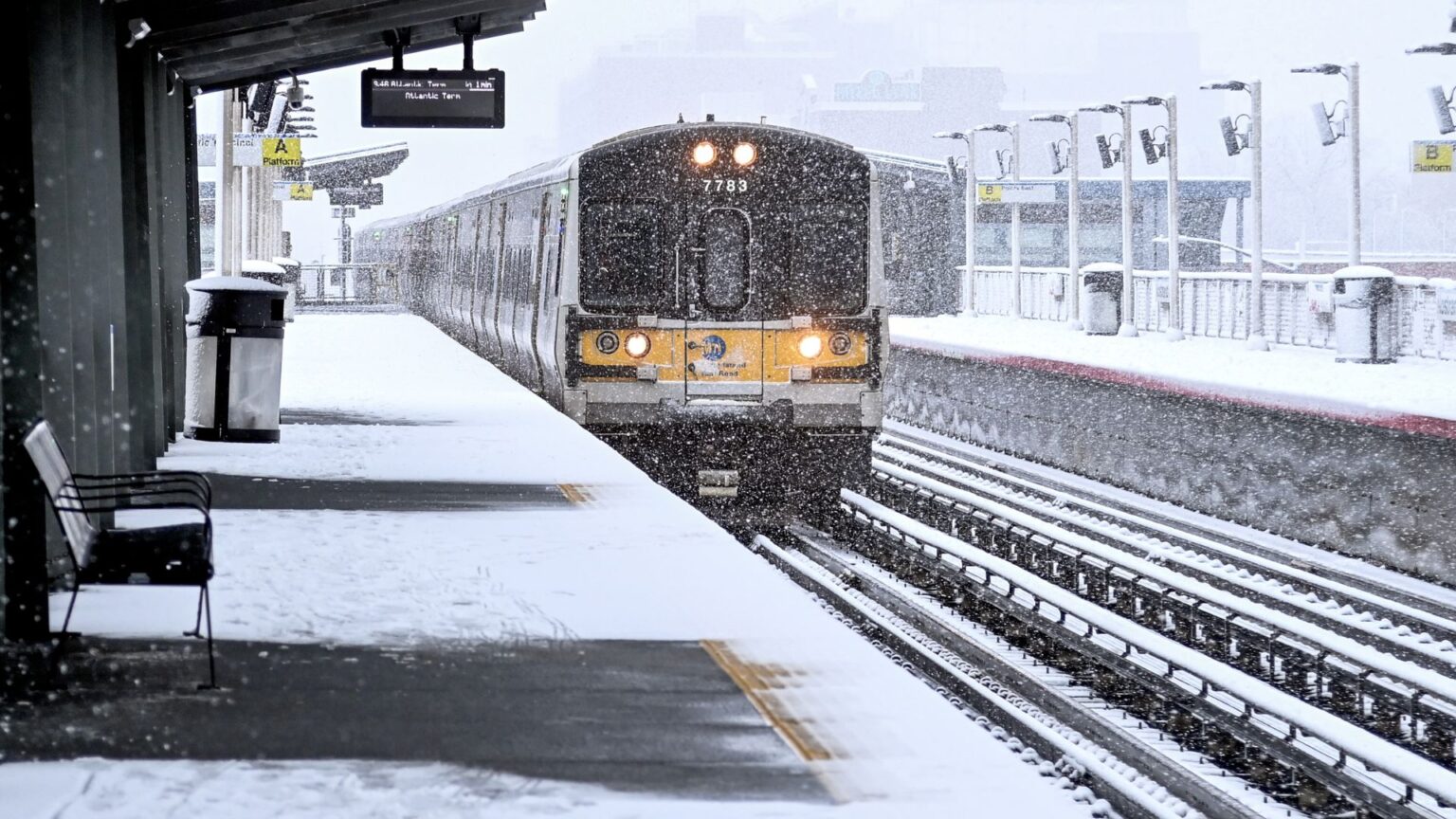Long Island has seen an increasing frequency of snowfall over the past week, with barely a day passing without flurries or light accumulations in the wake of last weekend’s snow storm.
However, a major snowstorm — one bringing over half a foot of snow — has yet to hit this season. That could change soon.
Meteorologists Eyeing Thursday’s Major Snowstorm
Meteorologists are tracking what could be the biggest snowstorm of the year, set to arrive on Thursday. Recent forecasts have predicted as much as 8 inches of snow, potentially disrupting daily commutes and travel plans.
Schools may be out this mid-winter recess, but the snow is very much in session.
Bitter Cold — And Then the Snow
Sunday’s heavy rainfall will be followed by an intense cold front, bringing temperatures down into the teens this week. With wind chills expected in the single digits, it will feel even colder at night.
Then comes Thursday’s storm, which could bring anywhere between 1 to 8 inches of snow across Long Island.
How Severe Will the Storm Be?
The storm’s intensity will depend on how two low-pressure systems — one moving in from the Midwest and another from the Gulf of Mexico — interact. If they come together at the right time, the I-95 corridor, stretching from Washington, D.C., to New York and Boston, could see significant snowfall.
For those with travel plans on Thursday, expect potential delays and disruptions. Keep an eye on weather updates and plan accordingly.
And for those who are in town this week, now’s the time to charge up your electric snow blowers, stock up on salt, and make sure your shovels are ready.
Is the LIRR Prepared?
For those commuting to New York City during the workweek, Long Island Railroad (LIRR) operates de-icing trains to keep its third rails clear of snow and ice. It also activates switch heaters to prevent track switches from freezing.
A state audit released last year commissioned after Superstorm Sandy found that the LIRR fell short in severe weather preparations, with a systemwide risk assessment long delayed and several resiliency well behind schedule.
So riders should expect the unexpected — and plan ahead.

